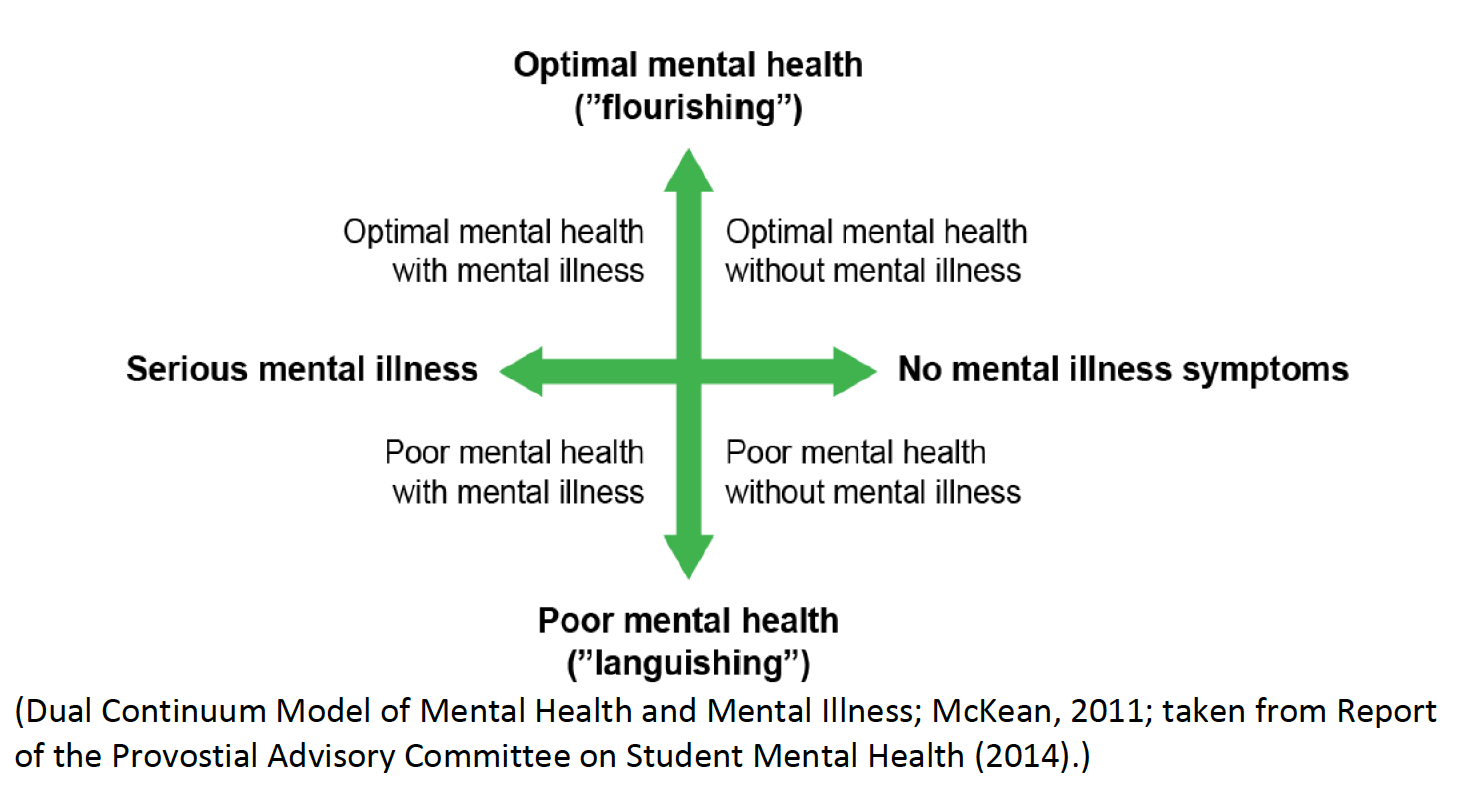
Even though reactive attachment disorders are rare in Canada (likely under 1% in the general population), in children who have experienced gross maltreatment or substandard institutionalization in early life, the prevalence is higher, and possibly as high as 40% (Boris & Zeanah, 2005; Skovgaard et al., 2007).
Prevention is important – although reactive attachment disorder does not affect all children in foster care, early detection will help these children from developing the condition.
Educators would benefit from learning about RAD, as they could potentially be the first professionals to encounter a child after the traumatic experience of disrupted attachment through foster care placement or parental neglect. These groups of students are already at risk of maladjustment. Paying close attention to their well-being may help with early detection of RAD symptoms or at the very least identify students who need extra assistance adjusting to their new lives. School age children who exhibit the following risk factors and show signs of RAD may benefit from referal to the school counselors for early detection to prevent RAD manifestation:
- If a student has moved multiple times or had multiple placements (e.g. foster care, adoptions)
- Frequent bruising, marks or other signs of physical abuse
- Isolation and lack of engagement of peers
- May seeks comfort and attention from virtually anyone, without distinction
For educators, raising awareness about RAD and other mental illness can help to remove stigma associated with mental illness and foster a more inclusive environment. One such way of raising awareness is to understand that mental illness and mental health are separate constructs as presented by the Keyes Model of Mental Health below.

Prevention at a Community Level
Supporting at-risk families may help to prevent RAD development. Parenting support classes may offer education for parents and caregivers to learn about attachment disorders as well as other parenting supports. The following infographic may be provided to the parents and caregivers to provide more information about parenting for children at risk of developing RAD.

References
Boris, N. W., & Zeanah, C. H. (2005). Practice parameter for the assessment and treatment of children and adolescents with reactive attachment disorder of infancy and early childhood. Journal of the American Academy of Child and Adolescent Psychiatry, 44(11), 1206.
Ohtaras, A. (2015). Reactive attachment disorder in children: Impacts on development, educational implications and the need for secure attachment, Journal of Student Engagement: Education Matters, 5(1), 28-38.
Skovgaard, A. M., Houmann, T., Christiansen, E., Susanne, L., Jorgensen, T., Olsen, E. M.,& Lichtenberg, A. (2007). The prevalence of mental health problems in children 1 1/2 years of age- the copenhagen child cohort 2000. Journal of Child Psychology and Psychiatry, 48(1), 62.
Stinehart, M. A., Scott, D. A., & Barfield, H. G. (2012). Reactive attachment disorder in adopted and foster care children: Implications for mental health professionals. The Family Journal, 20(4), 355-360. doi:10.1177/1066480712451229